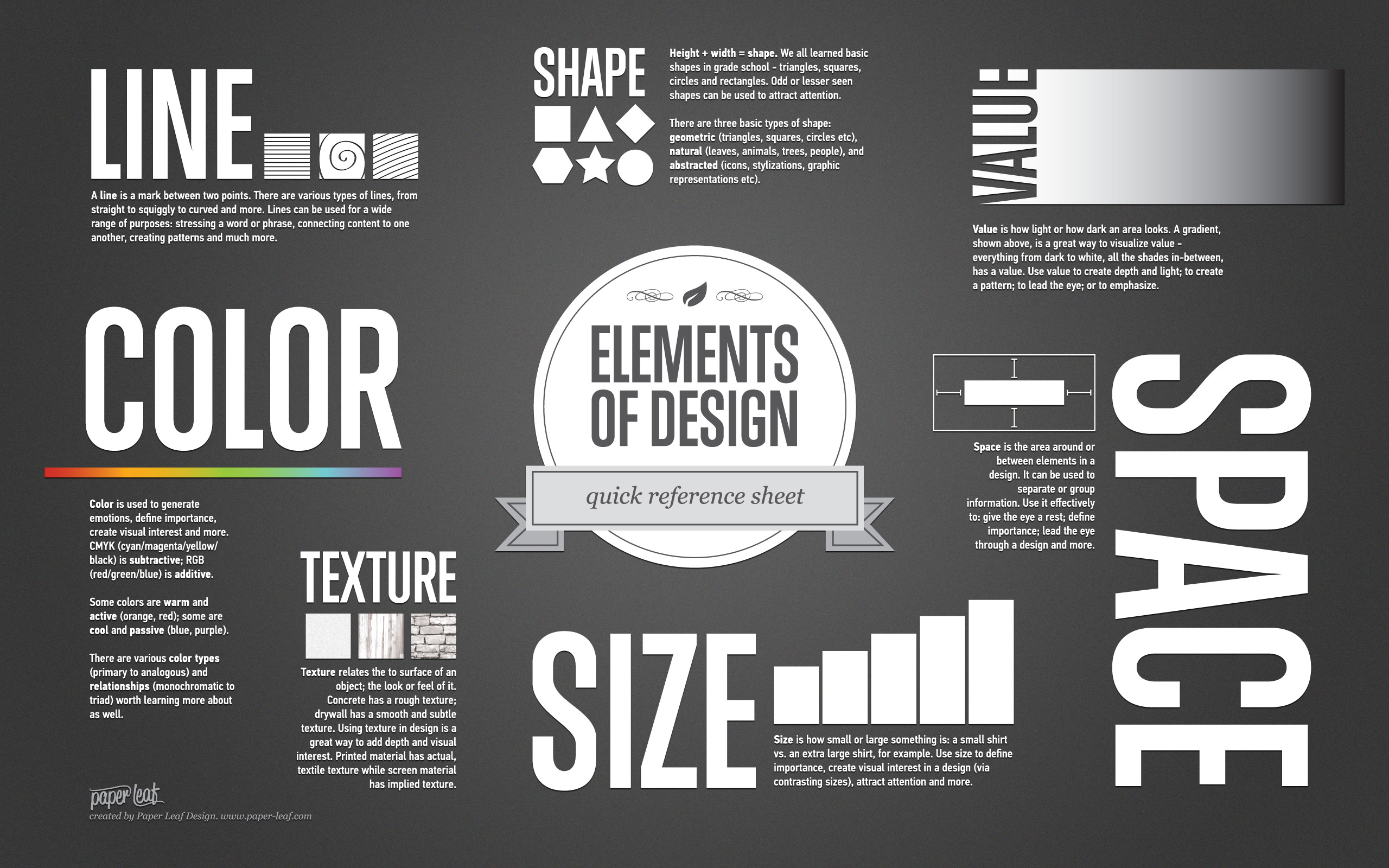
Media content in courses adds a human touch, new layers to information, and can make your courses more engaging. What do we mean when we say media? It can be as simple as an image like the one here, or it can be a video that not only contains a person talking, but also images, moving graphics and layers of sound. Understanding the building blocks to media can be helpful and clarifying so you can find the right equipment, sofware, and help for what you want to create.
Media Planning and Considerations
Taking time to plan your media will make your process smoother and your timeline shorter. This is a great opportunity to consider what makes up your content - how interactive is it? How much visual information does it hold? Are your slides easy to read and view? How lengthy is it? How much of this content already exists somewhere else? Here are some considerations to think about as you plan your media:
Considerations
Audio and Video Best Practices
Adding video and/or a human voice to your course adds warmth and a feeling of presence. When people listen to others, they want to hear a story. What is the story in your course, what is the story in that lecture? Even a scientific process has an arc and story in it. Are there any anecdotes you can add? our professional experiences as a content expert are what you bring to this, don’t forget to add those in. This article will get you started on creating video with tips on which tools to use, how to setup your space and how to prepare yourself for recording. There is a variety of help available to you here on campus if you are in an academic program.



